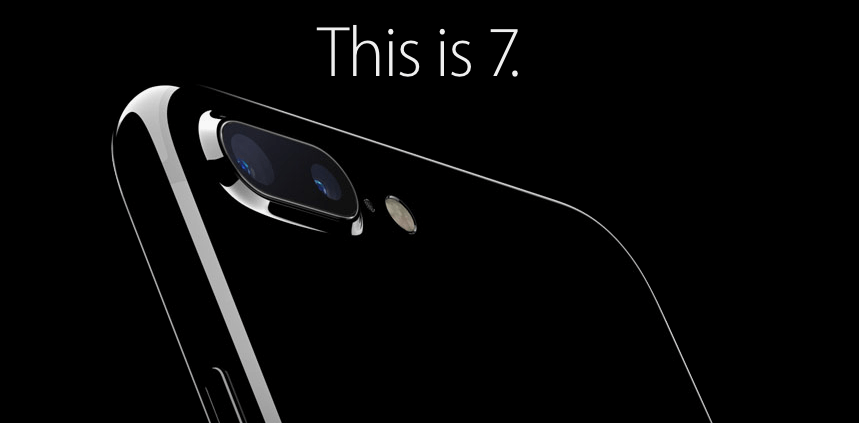The iPhone 7: Apple’s courageous step backwards
3 min read
Apple
By KAITLYN WIEDMANN
Apple’s keynote presentation on Sept. 7, 2016 confirmed the rumors: the 3.5mm audio jack is out, anti-consumerism is in. It seems that quite a lot of people are willing to put up with inconvenience for the sake of a brand, which sets a precedent for companies successfully ditching universality in favor of greed.
“The reason to move on,” explained senior vice president of Apple marketing Phil Schiller onstage. “It really comes down to one word- courage. The courage to move on, do something new that betters all of us.”
Yes, removing the jack is a bold move that few other companies would dare to make, but is it better? Absolutely not. Taking away a universal port inconveniences the consumer by forcing them to choose between a limited (and more expensive, as Apple-compatible accessories tend to be) selection of headphones or being burdened with unnecessary dongles in order to use an old favorite pair.
However, this suits Apple quite nicely, as they stand to make money off of you no matter which option you choose. The inconvenience of carrying an extra cable around will boost sales for their Lightning- compatible ear buds, while those who stick to their 3.5mm devices will likely lose the tiny adapter cable the phone comes with and be forced to buy a $9 replacement. Ouch.
Is there a legitimate reason to exploit consumers like this? Apple claims that the headphone jack needed to go due to the space it takes- which could be used for other tech. Fair enough, but what did they do with that space? They put in a barometric vent, which can be used to take precise altitude measurements.
That’s right, your new iPhone will not be able to use universal headphones without an adapter, but it will know when you have walked up a flight of stairs.
Needless to say, the possibilities afforded by a barometric vent will only benefit a small handful of users, while nearly the entire user base can benefit from access to common headphones.
Another defense is that the phone could not be made water-resistant if the jack was left in, but this makes little sense. Sony has had water-resistant phones with 3.5mm jacks on the market for years, and Samsung, one of Apple’s biggest competitors, put out a water-resistant version of their flagship phone earlier this year. Yes, it has an audio jack.
There is exactly one upside to Apple’s nonsense: the Lightning port offers a digital audio signal, which does indeed allow for higher-quality sound than a traditional analog signal. However, that point makes a better argument for increasing digital audio availability, not reducing analog’s. Digital signals have a significant downside, as they allow DRM to more easily interfere with audio playback.
Often, companies place restrictions on what you can do with your hardware and/or content in an effort to combat piracy, but many perfectly legitimate users face difficulties with DRM inconveniencing legal usage or even locking them out under the assumption that they are trying to do something illegal when they are not. Analog signals have no issue with DRM, so keeping the 3.5mm jack as an option would save a lot of users a lot of headaches.
So with barely any points in favor of the consumer, why did Apple decide to go through with removing the jack? The answer is simple: the Apple brand is extremely powerful, enough so that they have very little to fear when it comes to backlash putting a significant dent in their profits. They were proven right when the iPhone 7 went up for preorder; all versions of the larger iPhone 7 Plus sold out completely, as well as the new jet black color of the regular edition.
But hey, if you have to have the new iPhone and want to avoid the audio jack issue, you could always go Bluetooth and put up with an inferior connection, an extra pair of batteries to charge, and occasionally losing one or both ear buds in the couch.
Or you could choose not to support Apple.


